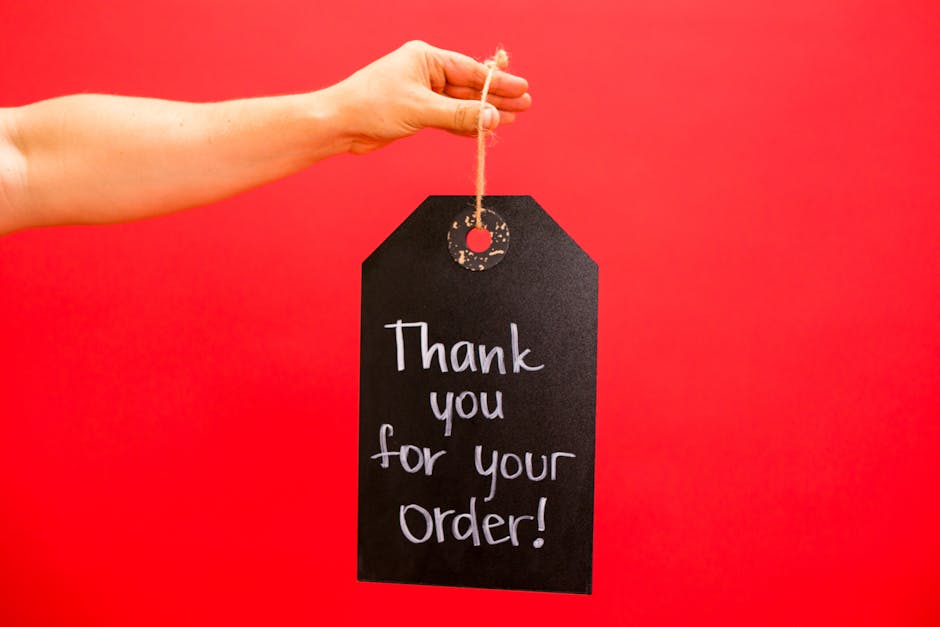Figuring out the exact best time to send marketing emails, well, that’s something businesses constantly think about. It’s not just simple clock-watching, you know, it’s really a moving target. What worked last year might not be quite right now, as everyone’s routines keep changing. People are different, and so are their habits for checking inboxes these days. We’re already in 2025, and things definitely aren’t standing still in the digital world. So, it’s useful to consider all the pieces.
The idea of a perfect time for sending emails, it’s a bit of a myth, to be honest with you. What truly works for one company might completely flop for another, that’s just how it usually goes. It depends a lot on who you’re talking to and, naturally, what you’re trying to tell them in your message. This whole business of getting someone to open an email, it’s a mix of a few things coming together, and timing is just one part.
Getting your emails opened and clicked on, which is what we all want, requires more than just picking a random moment. You’ve got to think about when your specific audience is actually online and, more importantly, when they’re in the right frame of mind. Sending something at 3 AM when everyone’s asleep, well, that’s just a waste of time and effort for most messages, generally speaking.
There are, it is true, some general patterns that people have noticed over the years when it comes to email engagement. These patterns can give you a bit of a starting point, a sort of rough guide, if you will, to begin your own calculations. But relying solely on these big picture observations without looking closer at your own unique situation, that’s usually not the best plan.
It’s often considered to be the case that understanding your customers is the biggest thing you can do for any marketing. And with email, it really holds up, you know. Think about what your people do during their day. Are they nine-to-fivers? Shift workers? Small business owners trying to keep up with everything? All these little pieces add up to a bigger picture.
The Ever-Changing Game of Email Timing
Things are always moving in the digital space, it’s truly a wild place sometimes. What was the go-to sending time even a couple of years ago, when people were perhaps working differently, might not be relevant at all now. The shift in how we work, live, and use our devices has really messed with the old norms. People checking emails on their phones while commuting is still a thing, but maybe less so now for some.
More and more, folks are looking at their emails at odd times, or whenever they get a quick break from something else. The typical workday, it’s not always so typical anymore for everyone, which makes this whole timing question a bit more tricky. So, a schedule that seemed pretty solid before, it might need some serious adjusting now, definitely. It’s a bit like playing whack-a-mole; you hit one pattern, and another pops up.
With more smart tools and automatic systems around, getting your email to the top of someone’s inbox at the exact right moment is, like, a big deal. These days, there’s so much coming at people. So, you want your message to arrive when they’re actually ready to give it some attention, not when they’re super busy or just plain overwhelmed. It’s about being smart, not just fast.
Also, it’s worth noting that competition for inbox space is, like, pretty intense. Everyone wants a piece of that attention pie, naturally. So, just sending an email isn’t enough; you really need to give it the best chance you can, and that often includes thinking about when it lands. The goal, remember, is for your email to be opened, not just ignored, which can happen so easily.
Digging into the Data – What the Numbers Kinda Say
Normally, when people look at lots of data, some days and times pop up more often as “good” for email sends. Tuesdays, Wednesdays, and Thursdays, these are generally thought to be the best days. Early to mid-morning, like around 9 AM or 10 AM, after people have settled into their work, or maybe late afternoon, around 2 PM or 3 PM, when they’re taking a little break, those are often cited. It makes sense, right?
But this is not a one-size-fits-all kind of deal, not at all. These are just common observations from very wide groups of people. Your own specific group, the ones you’re trying to reach, they might behave totally differently, and that’s usually the case. What works for a clothing brand might not work for a software company, that’s just how it goes. You have to consider your own stuff.
Some suggest sending later in the evening or on weekends, especially if your stuff is more about leisure or personal interests. People might be more relaxed then, with more time to browse through things. But for B2B type messages, like from a business to another business, sending on a Saturday, well, that’s probably not going to get many eyes on it, normally. It really does change based on the content.
It’s a bit of a balancing act, you see. You don’t want to send too early and get lost in the morning rush, but you don’t want to send too late when people have already checked out. So, those common times, they’re a place to start from, but not the final answer by any means. It truly is about understanding, and then testing, what works.
Thinking About Your Own People – It’s All About Them
This is where the real work begins, you know. Generic advice only gets you so far; understanding your specific audience, that’s where the magic really starts to happen. Who are they? Where are they located in the world? What sorts of jobs do they normally have? What problems do they need help with? All these details, they really matter.
If your people are mostly busy parents, their “free time” might be really early in the morning or very late at night, after the kids are in bed. If they’re college students, their schedules could be all over the place, maybe even later in the day. Knowing these sorts of everyday details about their lives really helps in guessing when they’ll be most receptive.
Time zones are a big one, often overlooked too. Sending an email at 10 AM in New York is totally different from 10 AM in California, obviously. If your audience is spread out, you might need to think about segmenting your sends by time zone, or maybe picking a middle-of-the-road time that works okay for most. It requires a bit more thought, usually.
And don’t forget the type of email you’re sending. A quick sale announcement might be good for a lunchtime browse, but a long, detailed newsletter about industry shifts, that might be better when someone has more focused time. The kind of message, it really affects when people will actually want to pay attention, which is something you truly want.
Tools and Testing: How You Figure It Out for Real
Guessing can only get you so far; the true path to figuring out the best time involves a lot of trying things out and seeing what happens. Most email marketing platforms, the good ones, they have features that let you look at your open rates and click-through rates. These numbers, they’re like little breadcrumbs telling you what’s working and what’s not. You really need to pay attention to them.
A/B testing, or split testing, is your best friend here. What you do is, you send the same email, but maybe to two different small groups, at two different times. Then you look at which time got better results, like more opens or clicks. Over time, doing this little by little, you start to see patterns for your specific audience, which is very useful.
It’s not a one-and-done sort of thing, though. You can’t just test once and assume you’ve found the perfect time forever. People’s habits change, the world changes, so you need to keep on testing, a little bit at a time. Regularly checking your numbers and adjusting your schedule, that’s what smart marketers do, generally speaking. It keeps your methods fresh.
Making sure all your digital bits work together nicely can make a big difference. Like, for businesses trying to reach people, maybe building an app is part of their strategy, and for that, a place like Mobile app development Delaware could be what they’re looking for to help them make something really useful. It all connects, see, good timing is just one piece of a larger effort to connect with your customers.
So, there isn’t a magical clock to look at for email marketing timing, not really. It’s more about being curious, looking at your own numbers, and truly thinking about the people you’re sending messages to. By doing that, you’ll get closer to finding the “best” time for your specific needs, even if that time shifts a little here and there. It’s a journey, not a destination.
FAQ About Email Marketing Send Times
Q1: What is generally considered to be the best time to send email marketing in 2025?
A1: Generally speaking, mid-week days like Tuesday, Wednesday, and Thursday, often between 9 AM and 3 PM local time, are often suggested. But honestly, it really depends on who your specific audience is and what they typically do.
Q2: Should I send emails on weekends, or is that a bad idea?
A2: It really varies a lot. For business-to-business (B2B) stuff, weekends are usually not so good. But for personal interest or leisure content, some people find weekends, especially Sunday afternoons, can actually perform pretty well. You should test it for your own audience.
Q3: Does the type of email I’m sending affect the best send time?
A3: Oh, absolutely it does. A quick sale or promotional message might do well during lunch breaks, but a longer newsletter or something needing more thought might be better when people have more downtime, like evenings or specific times they check for deeper reads.
Q4: How do I figure out the best time for my specific audience?
A4: The very best way is to look at your own data. Use your email platform’s reports to see when your opens and clicks are highest. Then, start doing A/B tests, sending the same email at different times to small groups, to really pinpoint what works best for your people.
Q5: Is it okay to send emails at odd hours, like very early mornings or late nights?
A5: For most general audiences, sending at weird hours might not get great results, as people are probably asleep. However, if your audience has very specific work schedules, like night shift workers, or lives in different time zones, those “odd” hours might actually be perfect for them. It’s all about knowing your specific crowd.



